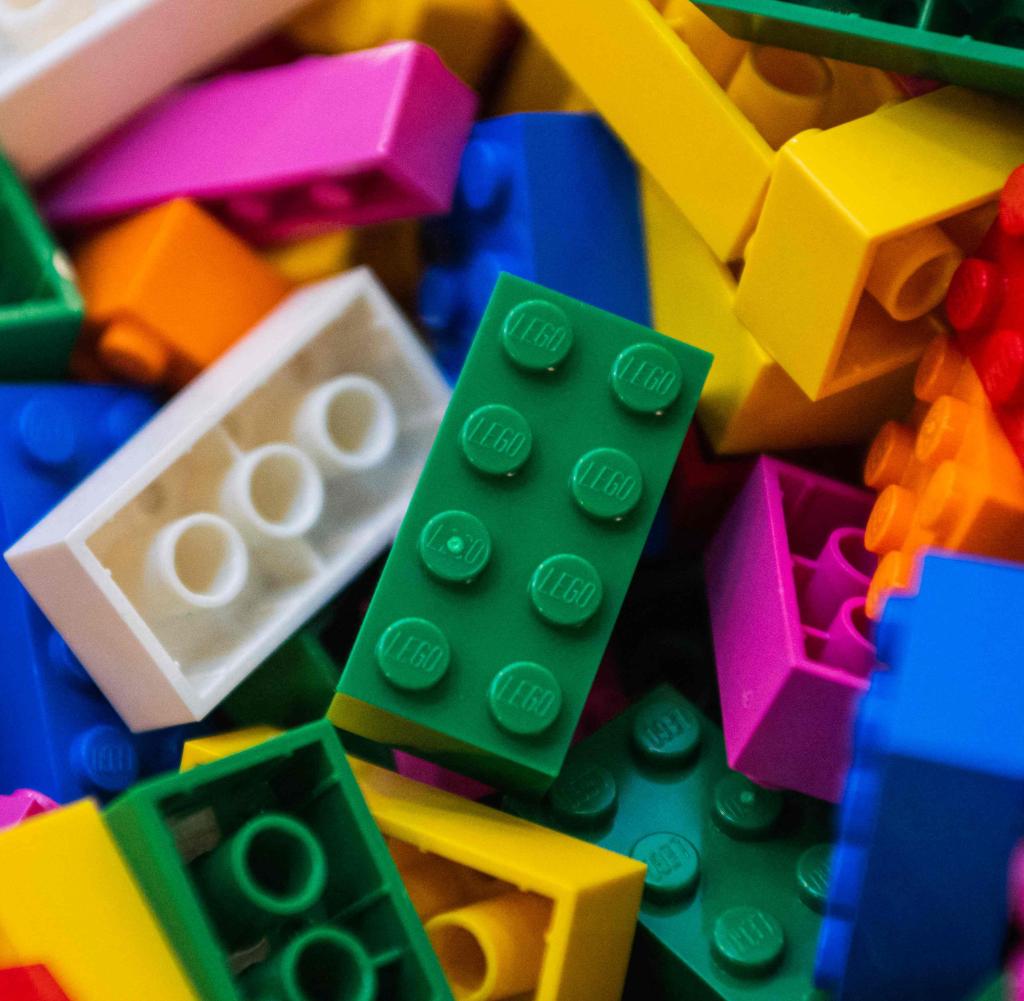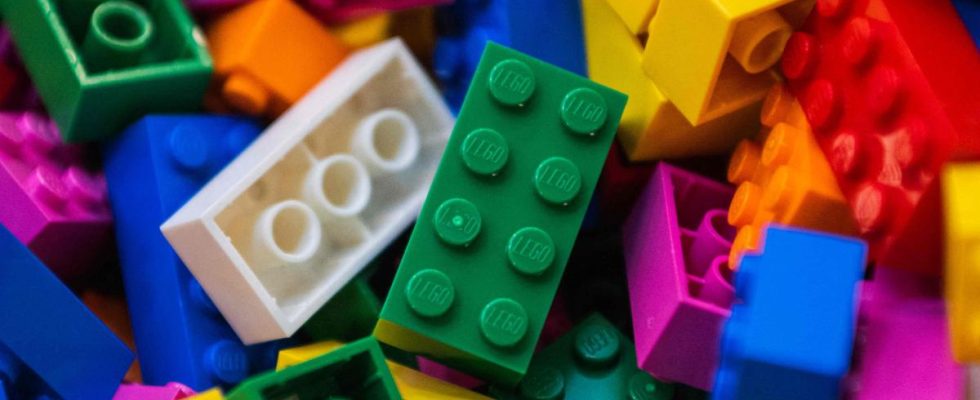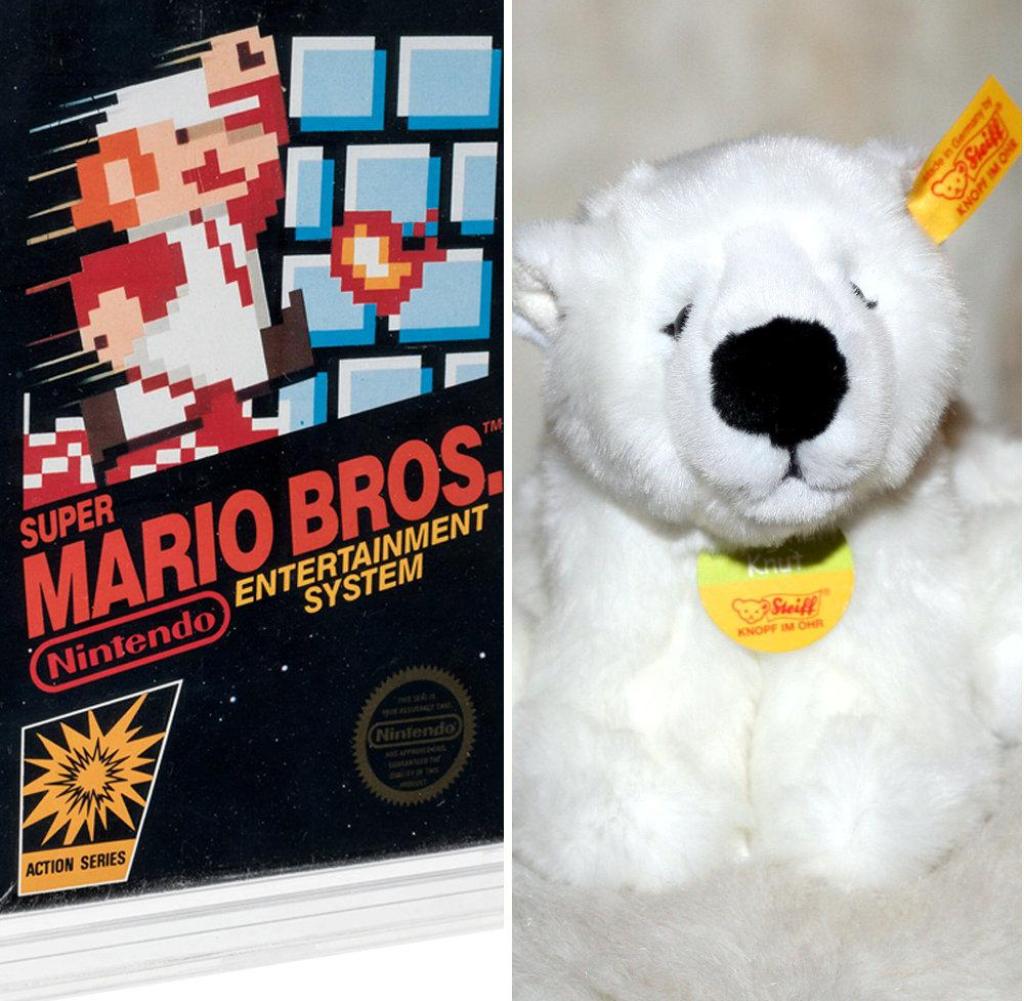“Simply not possible” – Lego rejects plan to make building blocks from old PET bottles

Lego blocks are popular, but they are made from petroleum
Source: AFP/JONATHAN NACKSTRAND
After two years of testing, Lego has stopped trying to make its tokens from more environmentally friendly materials. The idea was to produce the stones from recycled plastic bottles. But emissions cannot be reduced this way.
Dhe Danish toy manufacturer Lego has suffered a setback in its search for an environmentally friendly raw material for its plastic building blocks. After more than two years of testing with recycled plastic bottles, it was found that this material could not reduce carbon emissions, the Danish company announced on Monday. Lego is therefore giving up the project, but is sticking to the goal of producing Lego bricks from renewable material by 2032.
The plastic for Lego building blocks is currently made from petroleum. Two years ago, the company announced that it would conduct a research project to examine whether the stones could in future be made from polyethylene terephthalate (PET), which does not lose quality when recycled.
“We tested hundreds and hundreds of materials. It was simply not possible to find such a material,” Lego CEO Niels Christiansen told the newspaper.Financial Times“. The company began replacing its plastic bricks with sustainable materials in 2020.
Lego then presented a prototype made from discarded PET bottles in June 2021. This prototype now remains in the drawer. The difficulty was to find a material that was environmentally friendly but had the same color, shine and sound as the oil-based original. According to Lego, extra steps in the production process mean that the material does not reduce the CO2 emissions of the building blocks.
Lego says it has spent the equivalent of more than 1.1 billion euros on initiatives to produce more sustainably and reduce its carbon dioxide emissions by 37 percent by 2032. Lego bricks are currently being tested and developed from a range of alternative sustainable materials, including recycled plastics and plastics from alternative sources such as e-methanol, the company said.
E-methanol is produced from carbon dioxide and hydrogen, which are created by splitting water molecules using renewable energy. Parts of the Lego kits such as leaves and trees are said to be made from organic polypropylene.


